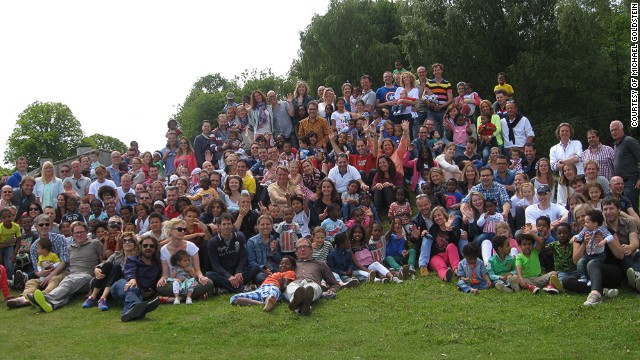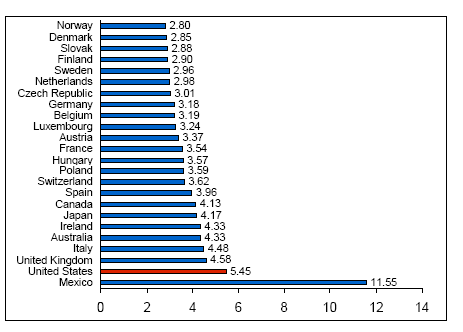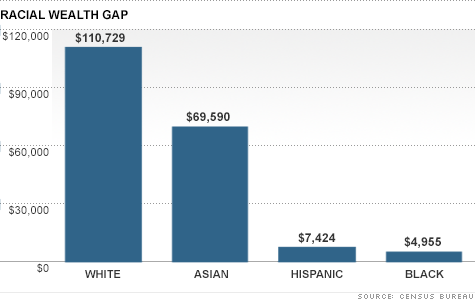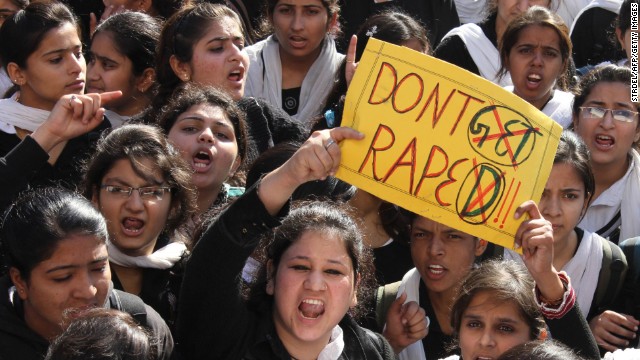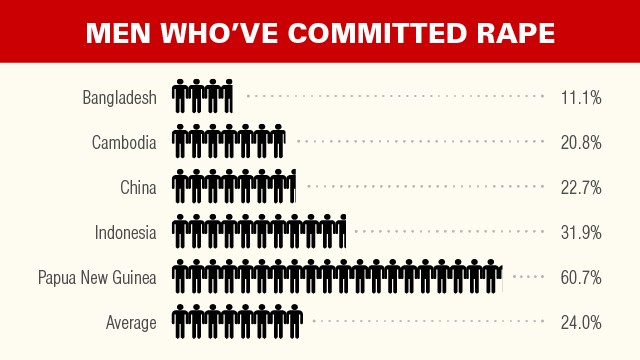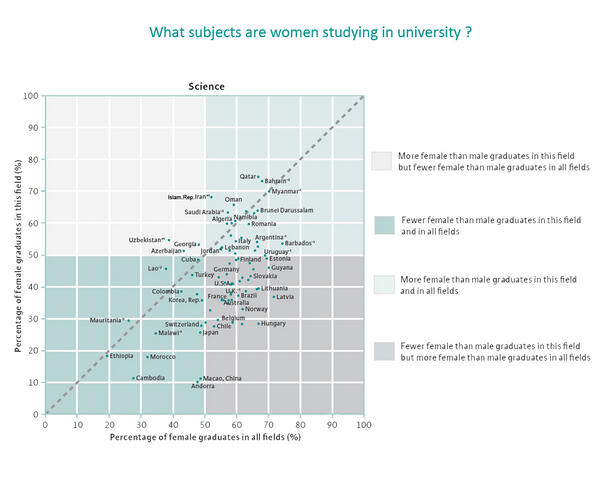 |
| Alpha Manzueta, who has lived in a homeless shelter for three years, says she feels “stuck.” | Michael Nagle for the New York Times |
|
| |
Yesterday in class my lecture was about qualitative data collecting in cultural anthropology, I spoke about the pluses and minuses of surveys. One problem in standard questionnaires can be that participants misunderstand your terminology. For example, if you are doing research on the 'homeless,' everyone must be in agreement as to what it means to be homeless. I then asked my class, "What
does it mean to you to be homeless? What kind of picture comes to mind?" Like every other semester, these college freshman said, "Someone living on the street," "Someone who doesn't have anything," or "Someone who has to go to a shelter." They never really bring up families or employed people in their scenarios. They also think of homeless people as dirty and disheveled.
I then talk about a family I once knew, an employed mother of three whose son participated in sports with my son. They lived during the week in hotels, and not always the same one. On weekends the children often stayed with relatives in a nearby city. In the summer they stayed with relatives who lived out-of-state. The children never missed school. They went to play dates and parties at the homes of their classmates, played sports, joined after school activities in art and dance, and on some days spent afternoons at the library. We live in suburban Connecticut and these children knew the city bus system backwards and forwards. Their mother often shopped at Goodwill stores for their clothing. "Would this family be considered homeless?"I asked my class. "Do you think the family sees themselves as homeless?" I'm not sure myself, and I never asked.
While indeed this family may have been 'situationally homeless" by some definitions, the mother worked very hard to keep the children in their routine of school, play and family. Fortunately, this episode in the lives of this family passed. The mother
obtained a good job, they moved to another city and the children
thrived. Always outgoing socially and excellent students, the older two are now in college.
While this scenario may sound like an anomaly, sadly it is not. Today,
in a New York Times article by Mireya Navarro, "In New York, Having a Job, or 2, Doesn’t Mean Having a Home,"
we learn that more and more single people and families, even though they are employed, cannot move from shelters to their own homes. Barriers include low wages, poor credit records, high rents and a lack of low income housing units. People living in shelters and maintaining respectable jobs juggle dual identities everyday. Perhaps it is not a coincidence that the same edition of the
New York Times shows that "Household Incomes Remain Flat Despite Improving Economy." Or, in a related issue,
the "Percentage of Americans Lacking Health Coverage Falls Again." The way out of poverty and into the middle class seems to become a steeper mountain to climb even as corporate profits grow and the economy, on paper, improves. Which leaves me where we began - redefining the word "homeless."
For the complete article on the working homeless in New York, click
here or continue below.







